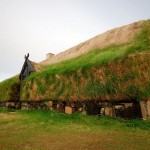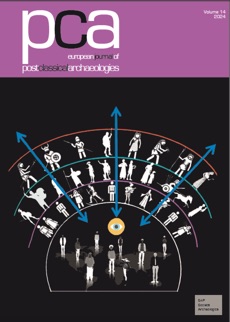Introduction: As long as we remain in the archaeological realm, we cannot speak of architecture but of the projection of this architecture onto the two-dimensional plane. In other words, we discuss ground plans of houses and their forms. There is one house form that is indeed special for this period and this is the boat-shaped longhouse, a house with smooth convex outer walls and it is this type of houses this contribution will concentrate on.
Before we go further into details of this special house form, I intend to make a little excursion into the ethnographic realm. Ethnographic research has documented a very close connection between a specific cultural unit and their house form. As long as these cultures existed in their own right, they have held on their house forms.
This strong connection is underlined by some examples where a cultural unit was forced to leave its homestead, either by some kind of natural catastrophe or invasion of enemies, what ever. In some cases these people were moving far away before they settled in a new country again. What is interesting is, that they re-established their house form even when neither the climate, nor the access to suitable building material would favour it.
When the house form modifies, it reflects changes inside the culture. When a house form disappears, the specific cultural identity is dead. The development, as noted in ethnographic research, we actually observe in the course of the Viking Age period, when we examine the Norse settlements in the North Atlantic Area and in Central Europe.






